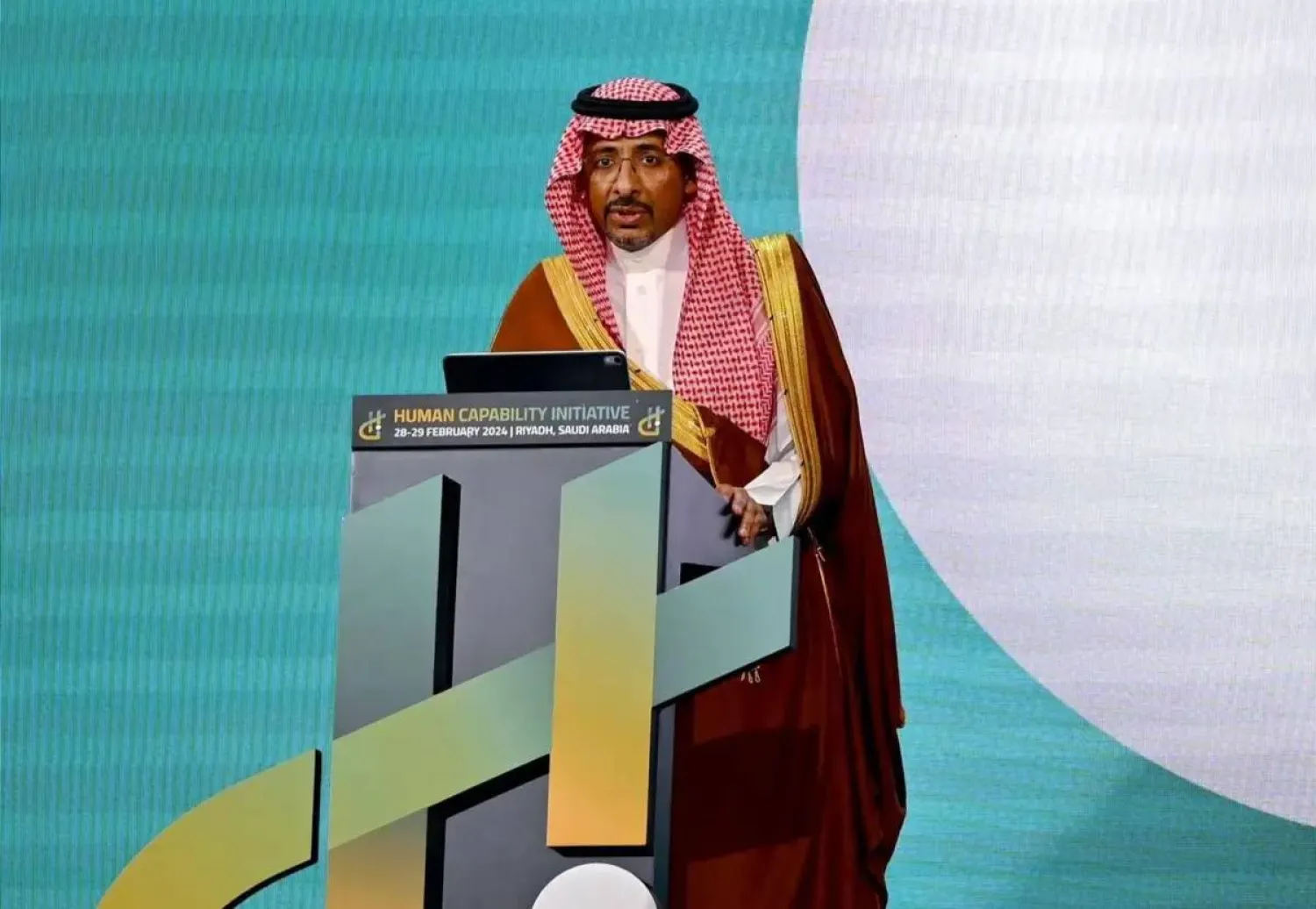Saudi Minister of Industry and Mineral Resources Bandar Alkhorayef kicked off on Monday an official visit to the United States, seeking to bolster industry and mining cooperation, strengthen ties between the two nations, attract investments to the Kingdom, and explore investment opportunities in key industrial sectors, notably aviation and space.
In the course of his visit to the US, which will last until September 28, Alkhorayef will travel to the states of New York, California, and Nevada. He will meet with government officials and CEOs of prominent American companies to discuss transfer of knowledge, and innovation, advanced manufacturing technologies in strategic industrial sectors in the Kingdom, and to explore the latest smart solutions utilized in mining operations.
The minister starts his visit in New York, where he will meet with industry ministers and global leaders in industrial transformation at an event organized by the Kingdom in collaboration with the United Nations Industrial Development Organization (UNIDO).
The event aims to garners support for hosting the 21st session of the UNIDO General Conference in Riyadh, in 2025, and the Multilateral Industrial Policy Forum (MIPF) in October this year, strengthen ties between the Kingdom and UNIDO, and develop innovative industrial solutions and policies that bolster regional and global industrial development.
The itinerary will also feature a tour of the New York Stock Exchange, the largest stock exchange market in the US, and a visit to Columbia University, where he will have the opportunity to engage with faculty members and students.
Alkhorayef will then travel to Las Vegas, Nevada, to attend "MINExpo", the world's premier mining exhibition, where he is slated to meet with representatives of leading mining companies and explore cutting-edge technologies used in mining operations.
The Ministry of Industry and Mineral Resources will participate in the exhibition, which is organized by the National Mining Association (NMA).
Alkhorayef will attend a roundtable meeting with heads of major US companies during his stay in Los Angeles, California, to discuss promising industrial sectors outlined in the National Industrial Strategy, the opportunities they present, and the potential and incentives granted by the Kingdom to foreign investors.
Bilateral meetings with several private sector leaders are also scheduled.
Alkhorayef will visit renowned companies in advanced industries, including JetZero, a California-based aviation enterprise, to explore collaboration in the aviation industry. Furthermore, he will visit SpaceX, a leading entity in space exploration technologies.
Alkhorayef's agenda in the US also includes meetings with a cohort of Saudi students pursuing studies there.
The Kingdom maintains robust economic ties with the US, with total non-oil Saudi exports to the US amounting to SAR10.08 billion in 2023, and total non-oil imports to the Kingdom in the same year valued at SAR67.61 billion.
Key exports are of chemical products, basic metals and their derivatives, aircraft and ship components, and transport equipment, while significant American imports comprise nuclear reactors, railway locomotives, optical instruments, electrical machinery and equipment, and pharmaceutical products.









